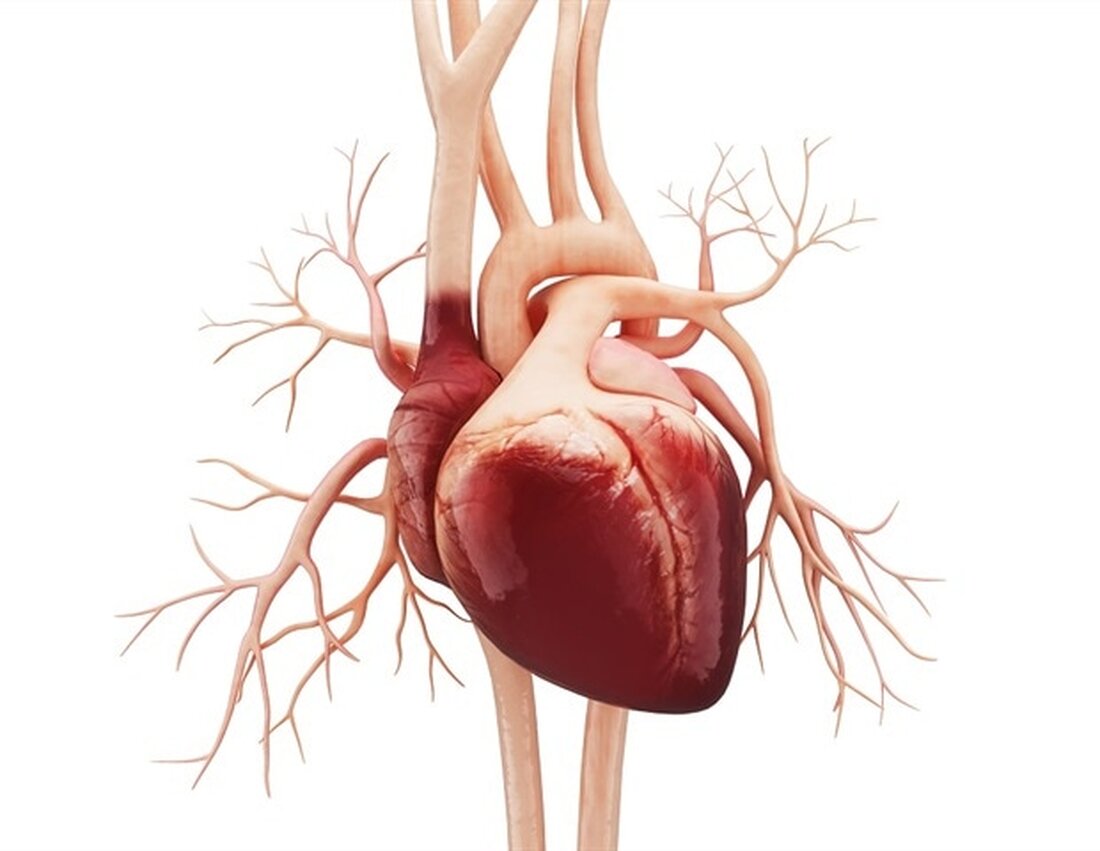SGLT2 inhibitors reduce cardiovascular events in heart failure patients with mildly reduced and preserved ejection fraction
An analysis of more than 12,000 patients found that the SGLT2 inhibitors dapagliflozin and empagliflozin reduced cardiovascular death or heart failure hospitalization by 20% in heart failure patients with mildly reduced and preserved ejection fraction. The latest research results will be presented today in a hotline session at the ESC Congress 2022. In two large trials, DELIVER and EMPEROR-Preserved, dapagliflozin and empagliflozin reduced cardiovascular events in heart failure patients with mildly reduced and preserved ejection fraction compared to placebo. These therapies are recommended for all heart failure patients with reduced ejection fraction, with weaker recommendations for patients with mildly reduced or preserved ejection fraction. Uncertainties remain...

SGLT2 inhibitors reduce cardiovascular events in heart failure patients with mildly reduced and preserved ejection fraction
An analysis of more than 12,000 patients found that the SGLT2 inhibitors dapagliflozin and empagliflozin reduced cardiovascular death or heart failure hospitalization by 20% in heart failure patients with mildly reduced and preserved ejection fraction. The latest research results will be presented today in a hotline session at the ESC Congress 2022.
In two large trials, DELIVER and EMPEROR-Preserved, dapagliflozin and empagliflozin reduced cardiovascular events in heart failure patients with mildly reduced and preserved ejection fraction compared to placebo. These therapies are recommended for all heart failure patients with reduced ejection fraction, with weaker recommendations for patients with mildly reduced or preserved ejection fraction. Uncertainties remain regarding the impact of these drugs on mortality and in certain subpopulations of heart failure with mildly reduced and preserved ejection fraction. However, none of the studies were solely designed or powered to address these issues.
This prespecified meta-analysis used participant-level data from DELIVER and study-level data from EMPEROR-Preserved and used harmonized definitions of endpoints and subgroups. The primary endpoint of the meta-analysis was the composite of cardiovascular death or first hospitalization for heart failure. A range of secondary outcomes were evaluated, including cardiovascular death, all-cause death, first and repeat heart failure hospitalizations, urgent heart failure visits (not requiring hospitalization), all-cause hospitalization, and patient-reported outcomes.
Heterogeneity of treatment effects was assessed in 12 subgroups: age, sex, ethnicity, body mass index, systolic blood pressure, New York Heart Association class, history of diabetes, history of atrial fibrillation/flutter, hospitalization for heart failure within 12 months, estimated glomerular filtration rate, use of others Heart failure medications and left ventricular ejection fraction at baseline.
The analysis included 12,251 heart failure patients with mildly reduced and preserved ejection fraction who were followed for a median of 2.2 to 2.3 years. The average age of participants was 72 years and 44% were women. SGLT2 inhibitors reduced the risk of the primary endpoint by 20% (hazard ratio [HR] 0.80; 95% confidence interval [CI] 0.73-0.87; p<0.001). There were consistent reductions in both components of the endpoint, driven by a significant reduction in heart failure hospitalizations (HR 0.74; 95% CI 0.67-0.83) with a more modest reduction in cardiovascular deaths (HR 0.88; 95% CI 0.77-1.00).
Regarding secondary endpoints, SGLT2 inhibitors reduced total heart failure hospitalizations (including first-time and recurrent) by 27%, urgent heart failure visits by 35%, and all-cause hospitalizations by 7%. The medications improved several domains of health-related quality of life, as assessed by the Kansas City Cardiomyopathy Questionnaire. There was no significant effect on overall cause of death and no serious adverse safety signals were identified in either study. Treatment effects were consistent across all 12 subgroups, including patients at the highest end of the ejection fraction spectrum and patients already treated with other heart failure medications.
“This meta-analysis summarizes the totality of evidence on SGLT2 inhibitors in patients with heart failure with a left ventricular ejection fraction greater than 40% and supports their use as background therapy in this population.”
Dr. Muthiah Vaduganathan, study author, Brigham and Women’s Hospital, Harvard Medical School, Boston, USA
Source:
European Society of Cardiology (ESC)
.

 Suche
Suche
 Mein Konto
Mein Konto
